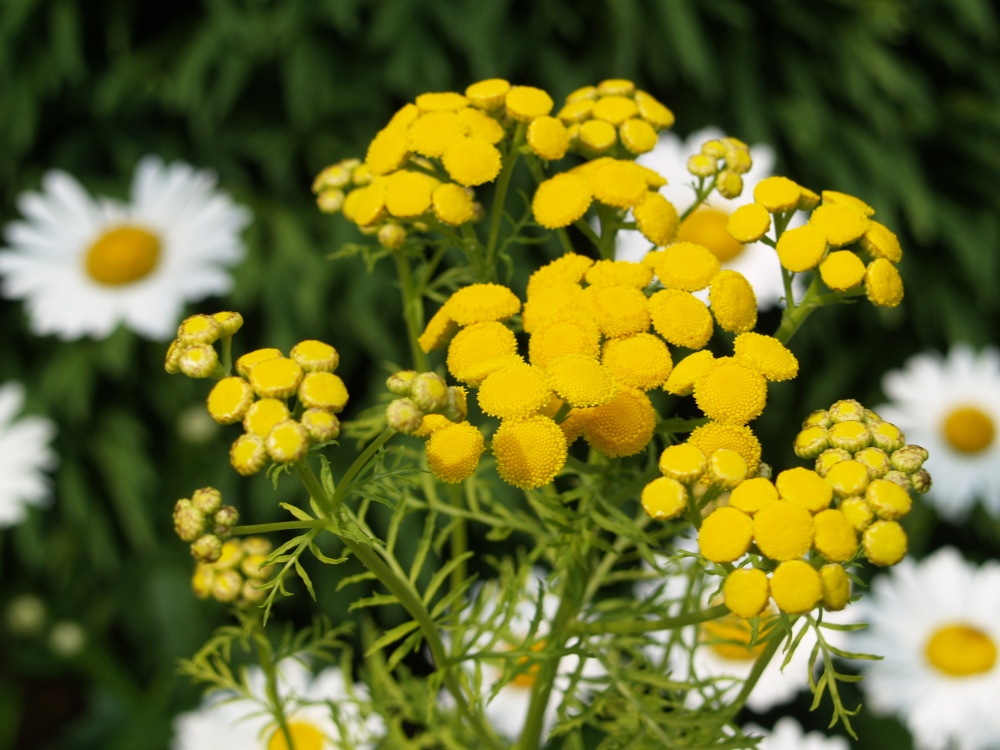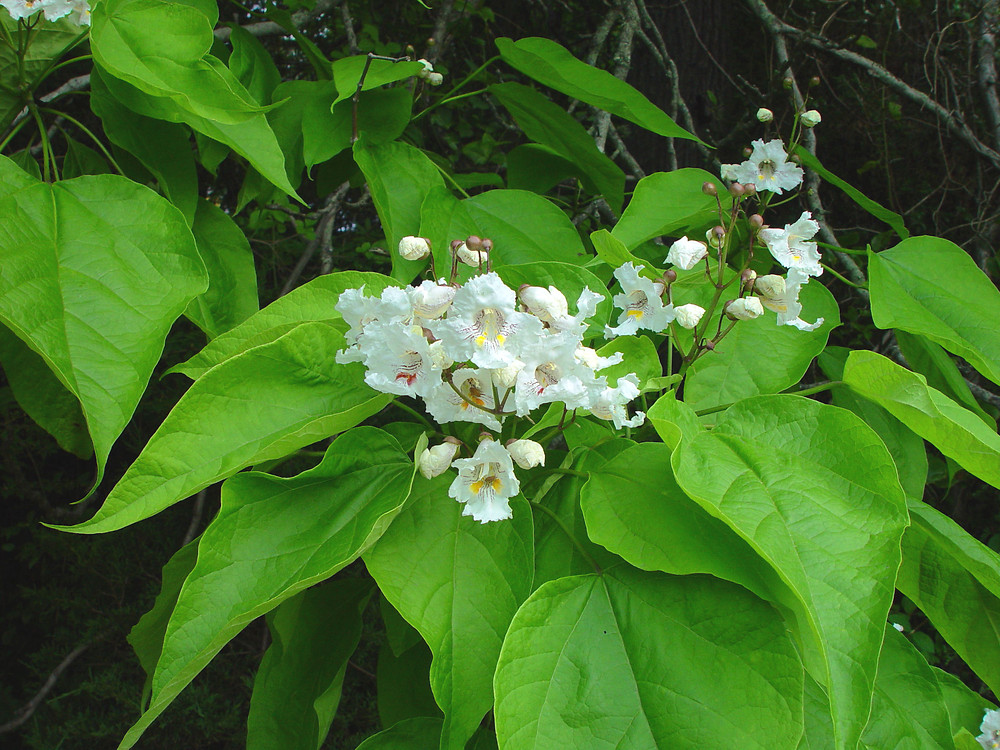I have just returned from two weeks away. The garden is pretty much as I left it, though more weeds have invaded and the bamboo that was chopped out a few years ago is sprouting with vigor. Several hours labor will be required to get things back in order.
I am least concerned while traveling about irrigating the garden since most all plants are well established, and tough enough to tolerate any but a summer long drought. Several storms over the two weeks kept the garden’s ponds full and plants happy.
Along the forest’s edge that borders the garden many small branches have fallen on hostas and plum yews, but there is not enough damage to bother with. One large branch tumbled from a tall tulip poplar in one of the storms, with one end embedding straight down into a small section of bare ground, and the other end resting twenty or thirty feet up into the tree. I must remove it before it falls in a direction that might crush neighboring sweetshrubs (Calycanthus floridus). Certainly, it is a hazard that must be removed sooner than later.
My wife reminded me that my last attempt at tree work to remove a maple that was toppled in a December ice storm resulted in a trip to the emergency room. She warned that this is not a one man project, but this large branch is considerably smaller than the tree that gashed my forehead, and even if matters go terribly wrong it could not do similar damage. I hope.
I suspect that many gardeners are overly ambitious in undertaking projects that are above their capabilities, though this could possibly be more a characteristic of men than gardeners as a whole. The winter tree removal required the purchase of a larger chainsaw and several hundred dollars payment to the hospital, but I figure that this was just about what a tree company would cost. The tree was removed with little damage to Oakleaf hydrangeas directly below, and the gash healed with barely a trace of a scar. And, I have a chainsaw to show for my efforts.
When I toured the garden this morning I saw that the catalpa (Catalpa speciosa) has been stripped bare, evidently the work of the Catalpa Sphinx moth, though with no remaining foliage the caterpillars have moved on. With some ground moisture and plenty of growing season remaining, I expect some leaves will grow, and that there will be no long term damage.
If I had been home while the caterpillars were doing their damage, I suppose I would have tried to dislodge them from the foliage, though the tree is a good ways from the nearest water spigot. Occasionally, I catch caterpillars in the Golden Chain trees (Laburnum x watereri ‘Pendula’), but these have pendulous branches that are well within my reach, so the caterpillars are easily removed.
Though there is not a whole leaf remaining, the damage done is not so great that I would have resorted to spraying a pesticide. But, I’ll be on the lookout for the caterpillars next summer if my travel schedule allows.
But just think of all those wonderful pollinators you tree helped nourish! This mild, rainy summer has been wonderful indeed. Hopefully, your branch removal proves to be less disastrous than your other experience.
With minimal effort the branch was safely brought to earth this afternoon. No bumps, bruises, and no emergency room visit. Now, it must be cut into sections to remove, but that’s the easy part.
I know it’s a lifecycle thing for the moths to strip the leaves but I still hate it. I try to remove as many as possible!
Your place looks dang good for two weeks vacation. You must have had plenty of rain?
The past week has been dry, but in the week before there were several late afternoon storms. No complaints, except what little remains of the pine chunk mulch must be raked back into the beds.